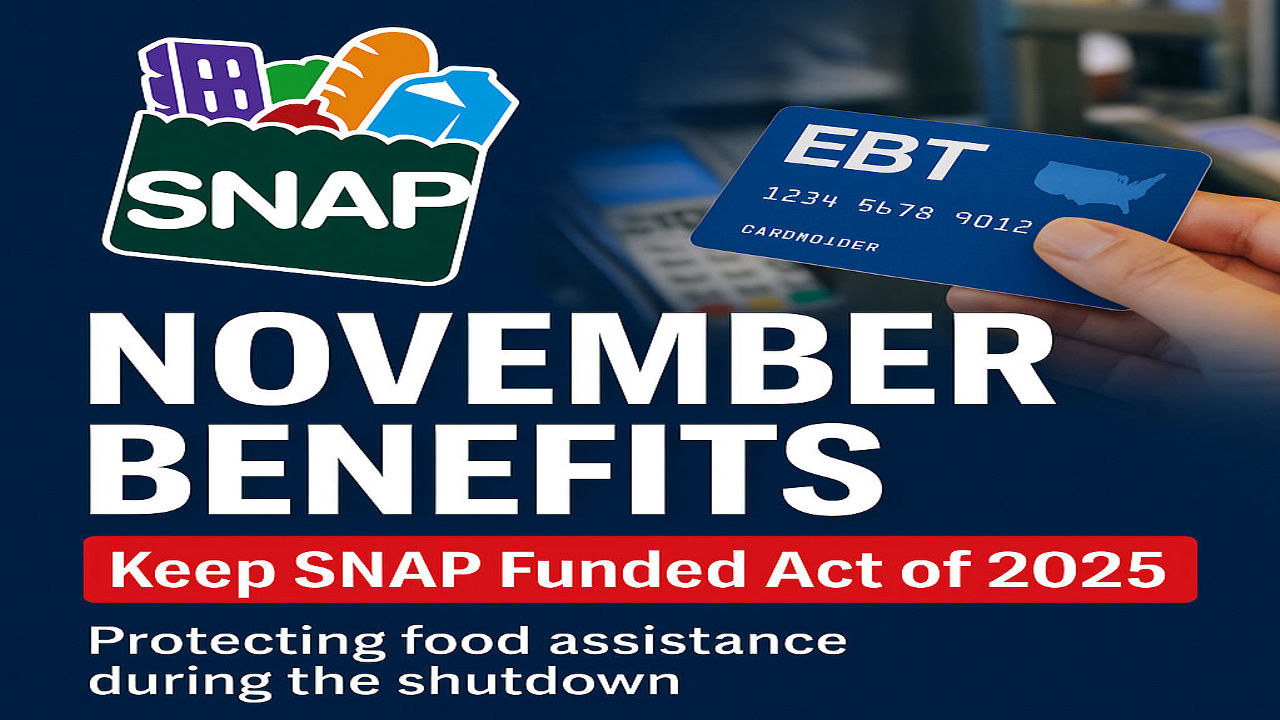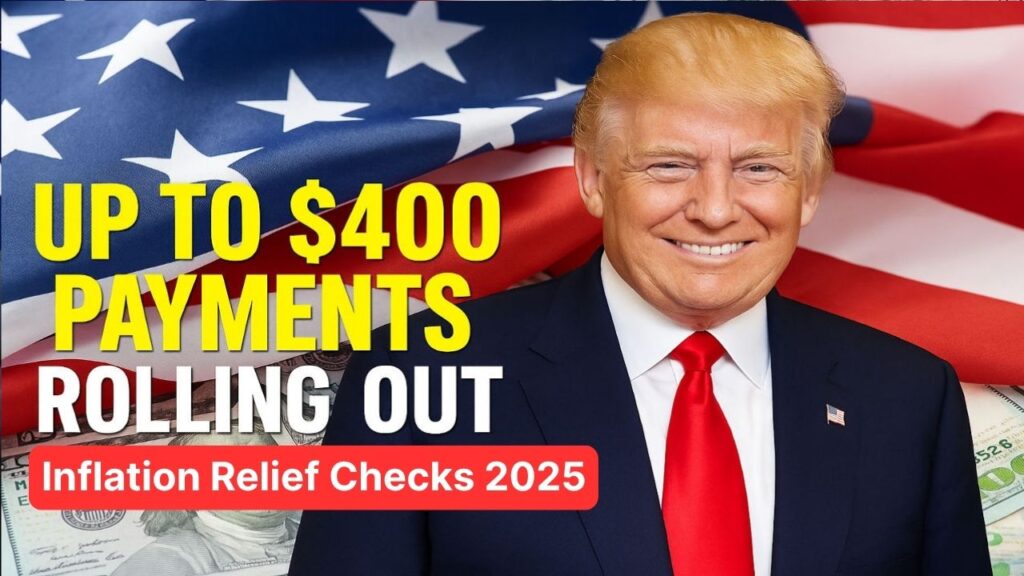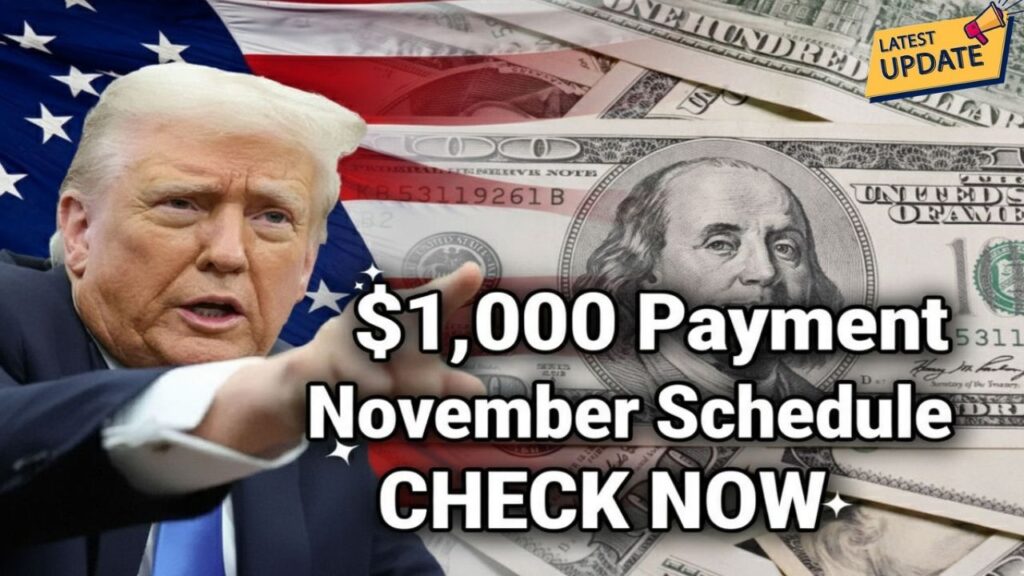Millions of Americans rely on the Supplemental Nutrition Assistance Program (SNAP) to put food on the table each month. As the federal government shutdown threatens to halt payments, lawmakers in the U.S. House have introduced the Keep SNAP Funded Act of 2025, a bill designed to guarantee that SNAP benefits continue without interruption. The proposal seeks to protect more than 40 million beneficiaries from losing essential food support during the funding impasse.
Table of Contents
Keep SNAP Funded Act of 2025 Quick Summary

Item |
Details |
|---|---|
Bill Name |
Keep SNAP Funded Act of 2025 |
Introduced By |
Rep. Mariannette Miller-Meeks (R–Iowa) |
Senate Companion Bill |
Sponsored by Sen. Josh Hawley (R–Missouri) |
Purpose |
To authorize continued SNAP payments during a federal shutdown |
Beneficiaries |
Over 42 million Americans who depend on SNAP |
Key Issue |
November 2025 SNAP payments at risk without congressional action |
Official Site |
|
Status |
Under review in both House and Senate |
Overview of the Keep SNAP Funded Act
The Keep SNAP Funded Act of 2025 was introduced to prevent interruptions in food assistance programs during periods when government funding lapses. The bill allows the U.S. Department of Agriculture (USDA) to continue issuing SNAP benefits until Congress restores full or temporary funding.
Rep. Miller-Meeks emphasized that millions of families should not be forced to bear the consequences of political gridlock in Washington. The legislation seeks to provide a stable bridge, ensuring that essential food assistance reaches families, children, seniors, and people with disabilities even if other federal agencies face budgetary freezes.
Sen. Josh Hawley introduced a companion bill in the Senate to reinforce bipartisan support for protecting food security amid the shutdown crisis.
Why the Bill Matters
Without new funding, the USDA warned that it may not have sufficient resources to issue full November SNAP payments. While October benefits were distributed as usual, prolonged shutdowns could leave millions of Americans without food assistance for the upcoming month.
- National Impact: More than 42 million people receive SNAP monthly, and any disruption would strain families already struggling with high grocery prices.
- State-Level Consequences: States rely on federal allocations to process benefits. A suspension would overwhelm local food banks and emergency relief programs.
- Economic Ripple Effect: SNAP funds circulate directly into the economy, supporting grocery stores and food producers. Missed payments would reduce spending and impact local businesses.
Political Landscape and Debate
The bill highlights a deep divide in Congress. Republicans supporting the measure argue that food security should remain nonpartisan, while some Democrats criticize the move as selective problem-solving that avoids addressing broader budget issues.
House leadership is waiting for Senate progress before scheduling a floor vote. Speaker Mike Johnson indicated that he may recall members for a vote if the Senate passes its version of the bill. Meanwhile, Democrats insist that a comprehensive funding solution, rather than piecemeal legislation, is the best approach to protect federal programs.
Despite disagreements, both parties acknowledge the urgency of ensuring that families continue receiving assistance through November.
What’s at Stake for SNAP Recipients
If the shutdown continues and no funding mechanism is approved:
- Payments Could Be Delayed: SNAP benefits are typically issued at the beginning of each month. Without funding, November payments may be postponed.
- Reduced Access to Food: Low-income families, children, and seniors may face immediate hardship without benefits.
- Increased Pressure on Food Banks: Community food pantries could experience overwhelming demand, particularly in rural and low-income areas.
The USDA has stated that it will continue monitoring the situation and will communicate with state agencies as soon as funding is available or restored.
What Happens Next
The future of the Keep SNAP Funded Act depends on bipartisan cooperation. If both chambers approve the measure, the USDA would gain authority to continue distributing benefits during the shutdown.
Should the bill stall, states may seek temporary measures to mitigate the impact—though most lack the resources to cover federal obligations independently. Until a resolution is reached, SNAP beneficiaries are urged to:
- Monitor state benefit portals for updates on November issuance schedules.
- Ensure personal information (addresses, direct deposit details, and EBT accounts) remains current.
- Report fraudulent messages or phishing attempts claiming to offer early access to benefits.
Broader Implications
The Keep SNAP Funded Act underscores a growing recognition in Congress that food security must be protected from political stalemates. Analysts note that similar measures could be extended to other vital social programs such as WIC and school lunch funding if the shutdown continues.
By creating a legal mechanism for uninterrupted funding, the bill aims to prevent future crises where essential nutrition programs are jeopardized due to budget disputes.
Frequently Asked Questions
1. What is the Keep SNAP Funded Act of 2025?
It is a legislative proposal introduced to authorize the USDA to continue issuing SNAP benefits during a federal government shutdown until regular funding is restored.
2. Who introduced the bill?
Rep. Mariannette Miller-Meeks of Iowa sponsored the bill in the House, with a companion version introduced in the Senate by Sen. Josh Hawley of Missouri.
3. Why are November payments at risk?
Because SNAP is federally funded and issued monthly, the USDA requires ongoing appropriations to process payments. Without new funding, the department cannot legally issue benefits.
4. Will SNAP recipients lose their benefits permanently?
No. This is a temporary funding issue. Once the government resumes operations or passes the bill, regular payments will continue.
5. How can recipients check their payment status?
Beneficiaries can visit their state SNAP website or log into the official USDA Food and Nutrition Service portal at fns.usda.gov/snap for updates.
6. When is the bill expected to be voted on?
A specific vote date has not been confirmed. Action in the Senate will likely determine when the House takes it up.
Conclusion
The Keep SNAP Funded Act of 2025 reflects growing concern across party lines about safeguarding food assistance during times of political uncertainty. As lawmakers continue negotiating a broader funding package, this bill offers a lifeline for millions of Americans who rely on SNAP for daily nutrition.
Until Congress acts, recipients should stay informed through official state and federal portals to track benefit updates and payment schedules. The coming weeks will be critical in determining whether food aid continues seamlessly through November 2025.
For More Information Click HERE











